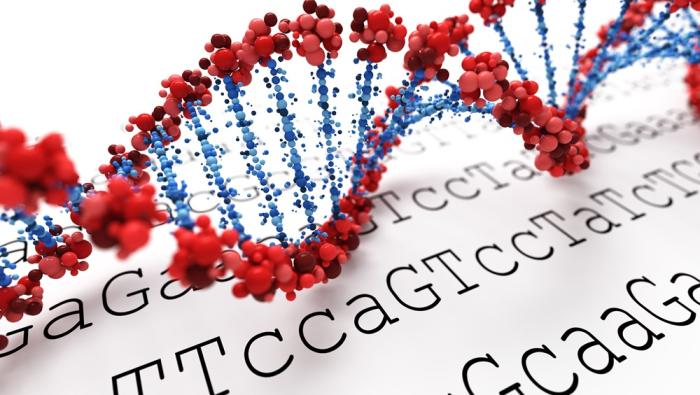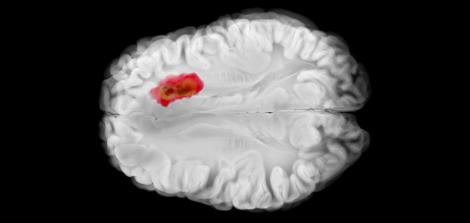Nucleotide

DNA is like a long strand of beads called nucleotides. The word “nucleotide” originates from the Latin word “nucleus,” meaning “core,” and indeed, in eukaryotic organisms (whose cells have a nucleus and organelles), the strands of genetic material, composed of nucleotides, are located in the cell’s nucleus.
Nucleotides have a defined structure and are composed of three parts that are connected to each other: a sugar molecule, a phosphate group and a nitrogenous base. The nitrogenous base is the variable component among the different nucleotides and gives them their names, indicated by letters.
Thus, the genetic material is made up of nucleotides with five possible nitrogenous bases. Four of them make up the DNA sequence – adenine (A), guanine (G), cytosine (C), and thymine (T). In RNA, the thymine is replaced by uracil (U).
Last Updated Date : 03/08/2024







![A person standing at a beach next to a big wave [representing post-trauma]](/sites/dangoor-medicine/files/styles/card_image/public/articles/%D7%A4%D7%95%D7%A1%D7%98-%D7%98%D7%A8%D7%90%D7%95%D7%9E%D7%94.jpg?itok=PnJYP1wn)
